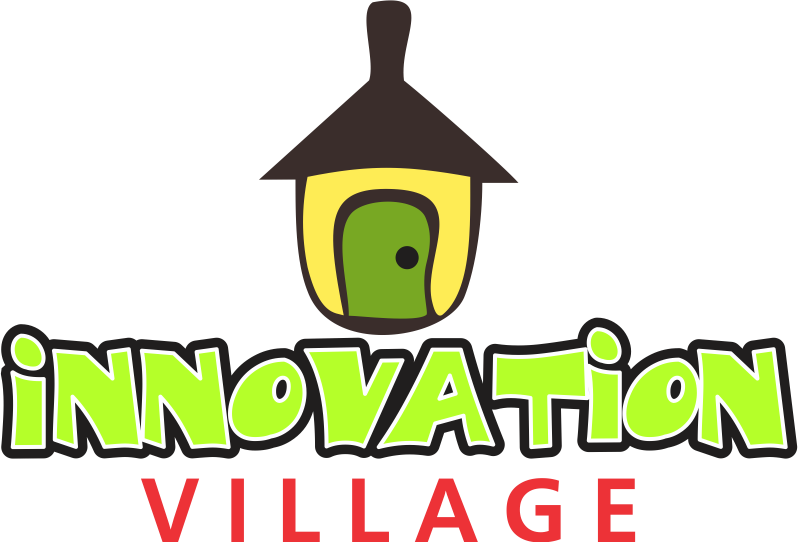The European Investment Bank (EIB) has just placed a massive €2 billion bet on Africa’s green future. While the press release is packed with high-level figures and diplomatic jargon, the real story here isn’t just about the euros. It’s about what that money actually buys on the ground. It’s about shifting the continent’s energy narrative from “potential” to “power.”
Here is the deep dive into what this pledge means, the “Global Gateway” strategy behind it, and the human impact of these billion-euro decisions.
The Headline Number: €2 Billion (and a Whole Lot More)
First, let’s clarify the numbers, as they can get confusing.
The EIB has pledged over €2 billion (approx. $2.1 billion) specifically for African renewable energy projects over the next two years. But this isn’t operating in a vacuum. This pledge is the heavy artillery in a much larger €15.5 billion package mobilised by “Team Europe”, a coalition of the European Union, its member states, and financial institutions like the EIB.
What are they buying? They aren’t just funding solar panels. The investment targets the entire ecosystem of energy:
- Generation: Building hydroelectric, solar, and wind power plants.
- Transmission: Upgrading the “veins and arteries” of energy grids so the power actually reaches homes and factories.
- Off-Grid Solutions: Funding mini-grids and solar home systems for rural areas that the primary grid will likely never reach.
The Strategy: What is the “Global Gateway”?
You’ll hear this term a lot in relation to this deal. The Global Gateway is essentially the European Union’s answer to China’s Belt and Road Initiative.
- Definition: It is a strategy to mobilise up to €300 billion in investments between 2021 and 2027 to build sustainable links around the world, not just in energy, but in digital, transport, and health.
- The Goal: For Europe, it’s about geopolitical influence and creating stable, green trade partners. For Africa, it’s about getting high-quality infrastructure without the “debt trap” diplomacy often associated with other global lenders.
The Human Impact: From Billions to a Lightbulb
To understand why this matters, you have to zoom in from the Brussels boardrooms to a village in Madagascar.
Consider the WeLight project in Madagascar, a similar initiative backed by the EIB. Before these projects, sawmill owners like Tantara in the village of Anjangoveratra relied on diesel generators. It was loud, polluting, and crucially, expensive, costing him up to 20,000 Ariary (local currency) a day to keep his machines running.
With the arrival of a solar mini-grid financed by European development funds, Tantara’s reality flipped. He switched to clean electricity, his costs dropped dramatically, and the diesel fumes that choked his workspace vanished. “My house is always lit up,” he said.
This is precisely the kind of micro-revolution the new €2 billion pledge aims to replicate at scale across the continent.
Where Will the Money Go?
Based on recent EIB activity and the current roadmap, we can expect the funds to flow into specific hot spots:
- West Africa (Benin & Nigeria):
- In Benin, the EIB has already supported initiatives to distribute over 100,000 solar home systems. This new funding will likely expand such “pay-as-you-go” solar models, allowing families to pay for solar kits in small, manageable instalments (often less than the cost of kerosene).
- In Nigeria, companies like Husk Power have secured financing to build mini-grids for rural communities, a model that this new pledge is perfectly designed to scale.
- East Africa (Kenya & Uganda):
- Kenya remains a renewable giant. The EIB has historically backed massive infrastructure like the Lake Turkana Wind Power project, the largest wind farm in Africa. Future funds will likely target similar large-scale generation to feed the national grid.
- The “Last Mile” Challenge:
- A significant portion of this funding is earmarked for the “hard stuff”, getting power to the 600 million Africans who still lack access. This means funding risky, logistical nightmares like rural electrification in areas with no roads, where profit margins are thin but the social impact is enormous.
Why Now?
The timing isn’t accidental. This pledge comes as the world races toward the 2030 Sustainable Development Goals. Africa has the sun, the wind, and the water, but it has historically lacked the cheap, patient capital to harness them. Commercial banks often see African energy projects as “too risky,” charging sky-high interest rates.
The EIB steps in to “de-risk” these projects. By putting up the first billion, they give confidence to private investors to put up the next ten billion.
Summary
This €2 billion isn’t a charity donation; it’s an investment in a shared future. For Europe, it’s a strategic move to secure green partnerships. For Africa, it’s the capital needed to turn the lights on for millions of people like Tantara, powering not just homes, but the continent’s industrial revolution.


